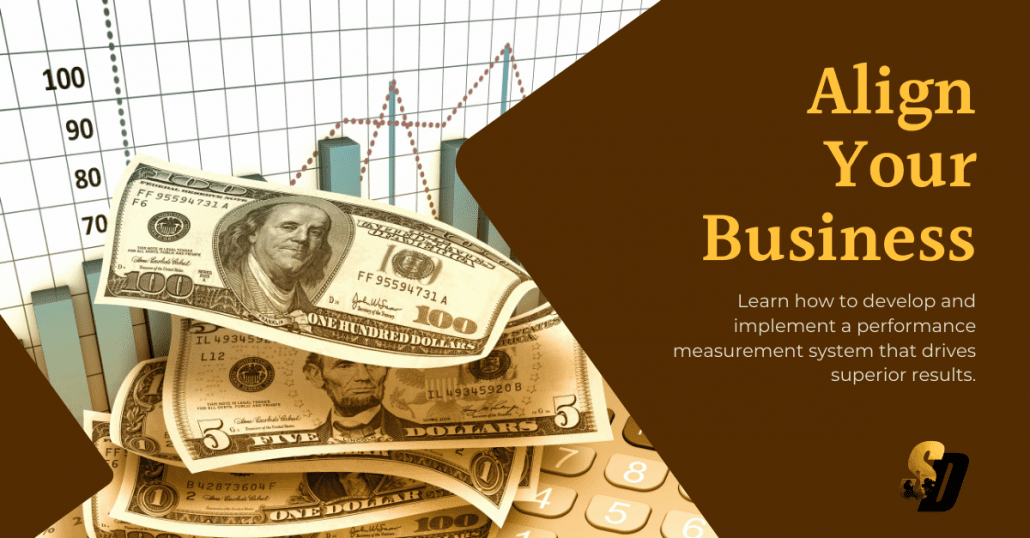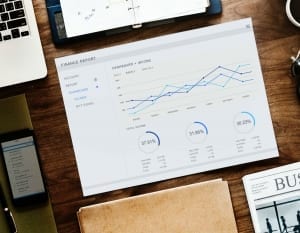Are CEOs Really Necessary Anymore?

You could almost think about that driver as being on the receiving end of a firehose of data, sorting out the most important patterns, and then turning all of that into a best course of action — the very definition of Intelligence. And that’s why we’ve come so close to going from data that one human can process, to Big Data, which requires dozens of sensors to process.
With increasingly vast bodies of knowledge about experiences, one can see how business Intelligence, with enough computing power, became Artificial Intelligence. And, so, before too long, the taxi you’re about to hail in Phoenix, shows up; Poof! No driver necessary.
Which brings us back to those folks in the corporate driver’s seat — the CEO. Doesn’t much of a CEO’s job consist of being on the receiving end of ever-increasing floods of data that can now be gleaned in real time from inputs around the globe? The tick of every sale quickly contributes to a pattern revealing how the marketplace is receiving our products at every given moment. Supply chains are linked to these inputs, as is every other variable the CEO needs to be concerned about, from available corporate resources to stock price.
And as AI begins to make choices based on mining Big Data, the role of the CEO as patchcord between data input and decision output seems destined to become smaller and smaller until, at some point, an organization is going to run autonomously. As futurist Ray Kurzweil observed in 2005, in the near future, machine intelligence is going to exceed human intelligence. He named that moment, the Singularity. Will there be a moment when the Singularity arrives in the C-suite? It seems inevitable.
AI or Human Agency?
Or maybe not. Maybe great organizations are not really machines, like some automobiles or even spacecraft, that can complete their journeys without human intervention. To find out, it may be worthwhile to make some sharp distinctions between what Big Data driving AI can do, and what it cannot. BDAI (for short) is excellent at making sense out of the current state. It’s also pretty good at making predictions about trajectories, given no black swan or other -unforeseen circumstances. So BDAI is pretty useful for management to be able to see where we are and where we might be headed.
But, what about agency, or intentionality, or what today we generally call strategy? If we have enough past information of competitive successes and failures, BDAI is capable of helping leaders develop options. In some instances, in a large consumer products organization, for example, it is not difficult to imagine letting BDAI decide the optimal number of versions of a toothpaste brand, which will maximize performance in the marketplace, and even continue to optimize those decisions over time.
Yet, what happens when there is a genuine disruption in a marketplace, when new inventions shuffle the whole deck? If BDAI had been in place at Olympus Camera on the day that Steve Jobs introduced the iPhone, would the company’s management information system have warned leadership that the pocket camera industry, at that moment, was entering an irreversible swoon?
CEO’s Role- Wisdom and Innovation
Finally, we come to the two basic responsibilities that a CEO can perform that, as yet, BD and AI together cannot. The first is to make wise decisions over time that express a coherent vision. The second is to lead innovation. Famously, Steve Jobs had no interest in market research when imagining where Apple needed to go next. He thought in broad terms about what human beings might do with powerful new tools, and went about creating them. Sometimes, it took a while for people to get what Jobs was giving them, but eventually, he re-ordered the world.
Same for Elon Musk. Musk’s long arc in guiding Tesla from highly-ignored sports car, which financed the luxury Model S, which, in turn, made possible the 3, is now crushing an entire global industry. And, underneath it all, still not widely-perceived, is that Musk is also transforming the global electrical grid with a complete infrastructure of vast battery capacity.
Jobs, Musk and other disruptive founders built their organizations to maximize the value-creating potential of their visions. Those organizations are no less than the living, breathing manifestations of their founders’ identities and are as unique as the founders themselves.
After the Founder
Once the founders have departed, subsequent leaders, in order to maximize the quality of their decision-making, will always need to be aware of the identity that still pulses at the heart of their organizations. Without this essential understanding, the dangers are ever-present that the easy persuasiveness of Big Data, married to the seemingly incontrovertible direction supplied by Artificial Intelligence will, eventually, lead even the most successful organization astray.
So, are CEOs really necessary anymore? Yes, if they realize that their main job is to ensure that the identity of their institutions provides the center of gravity around which Big Data and AI are reliably deployed. Otherwise, companies are in peril of becoming driverless, autonomous vehicles, subject to an uncertain future fraught with potentially lethal hazards.
About the Author


 Data is the new currency and often the point of strategic control in many industries. Companies are attempting to control data in order to monetize what the data can do for them. Take this example from windmill technology as an illustration:
Data is the new currency and often the point of strategic control in many industries. Companies are attempting to control data in order to monetize what the data can do for them. Take this example from windmill technology as an illustration:
 Dr. William Putsis is a Professor of Marketing, Economics and Business Strategy at the University of North Carolina-Chapel Hill, and a Faculty Fellow for Executive Programs at Yale University. He is also president and CEO of Chestnut Hill Associates, a strategy consulting firm, and founder of the software company, CADEO Economics, which automates his data modeling-based strategy development processes. His new book is
Dr. William Putsis is a Professor of Marketing, Economics and Business Strategy at the University of North Carolina-Chapel Hill, and a Faculty Fellow for Executive Programs at Yale University. He is also president and CEO of Chestnut Hill Associates, a strategy consulting firm, and founder of the software company, CADEO Economics, which automates his data modeling-based strategy development processes. His new book is 

 Businesses the world over are leaping into the use of big data. The analysis of the vast amounts of consumer data is helping business to create more effective marketing strategies and streamline their business process. However, it’s not just businesses that are using this valuable tool. Big data is starting to make its presence felt in the classroom, and the results are proving to be worth it. As the next big step in the transformation of the modern classroom, technology is at the forefront, and big data could be the key to improving the education levels of a whole new generation. Here’s how.
Businesses the world over are leaping into the use of big data. The analysis of the vast amounts of consumer data is helping business to create more effective marketing strategies and streamline their business process. However, it’s not just businesses that are using this valuable tool. Big data is starting to make its presence felt in the classroom, and the results are proving to be worth it. As the next big step in the transformation of the modern classroom, technology is at the forefront, and big data could be the key to improving the education levels of a whole new generation. Here’s how. Big data is here to stay, and although that can present a few challenges to business (storing it, keeping it safe, etc.), for the most part, it is a boon, which if used correctly can easily boost business growth.
Big data is here to stay, and although that can present a few challenges to business (storing it, keeping it safe, etc.), for the most part, it is a boon, which if used correctly can easily boost business growth.